Learn 8 vegetables that grow in low sunlight. I share my personal tips and experiences growing lettuce, spinach, kale, and more in shade gardens.
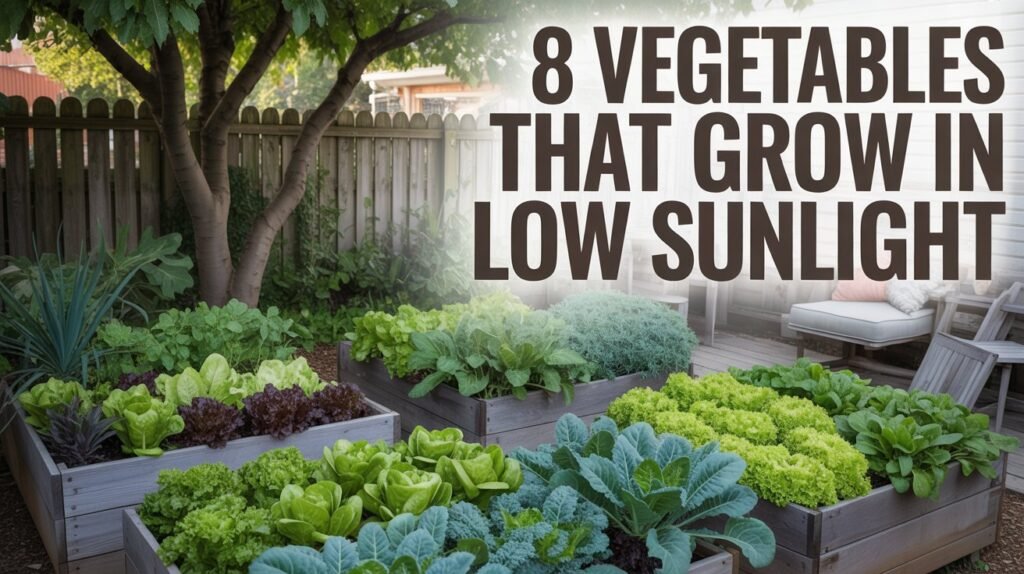
I am Ashley Scott, and I have been gardening for 10 years. One challenge I often hear from readers is dealing with shady yards. Many people believe vegetables need full sun to grow, but that is not always true. Some vegetables adapt well to partial shade or low sunlight conditions.
In my own garden, I have grown productive vegetables even in areas that get only 3 to 5 hours of light a day. Below, I will share 8 vegetables that grow in low sunlight and how I care for them.
Why Grow Vegetables in Low Sunlight?
Not every garden gets six or more hours of sun. Trees, fences, and buildings create shade. Instead of fighting it, I learned to choose vegetables that tolerate shade.
Shade-grown vegetables often:
- Stay tender longer.
- Need less water.
- Resist bolting in summer heat.
The University of Missouri Extension explains that leafy greens especially do well with less sun.
1. Lettuce
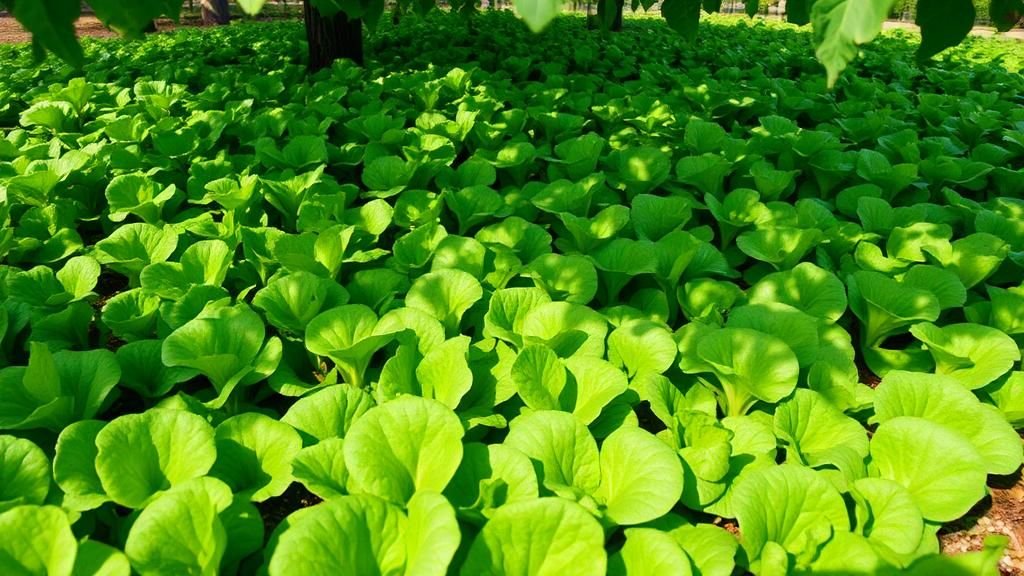
Lettuce is one of the best shade-loving vegetables. I plant it in spring and fall where it gets 3 to 4 hours of light. Too much sun makes it bolt, so shade is helpful.
I mix compost into the soil for strong growth. Harvesting outer leaves often keeps plants producing.
2. Spinach
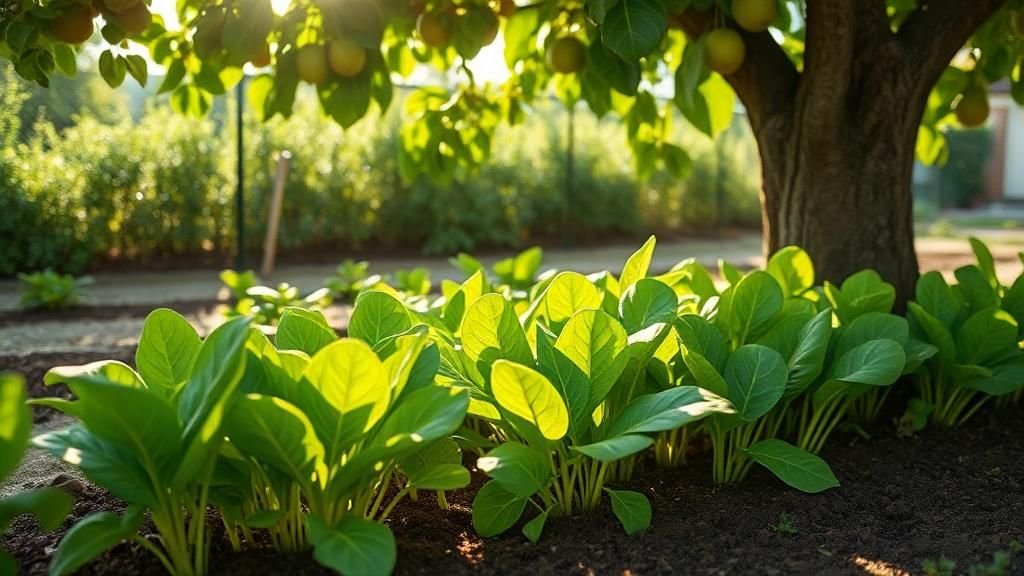
Spinach thrives in cool, low-light conditions. I grow it under my fruit trees in early spring. With only 4 hours of sun, spinach grows well and tastes sweeter.
If you want more soil preparation ideas for leafy greens, check my article on Rainy Season Gardening Techniques.
3. Kale
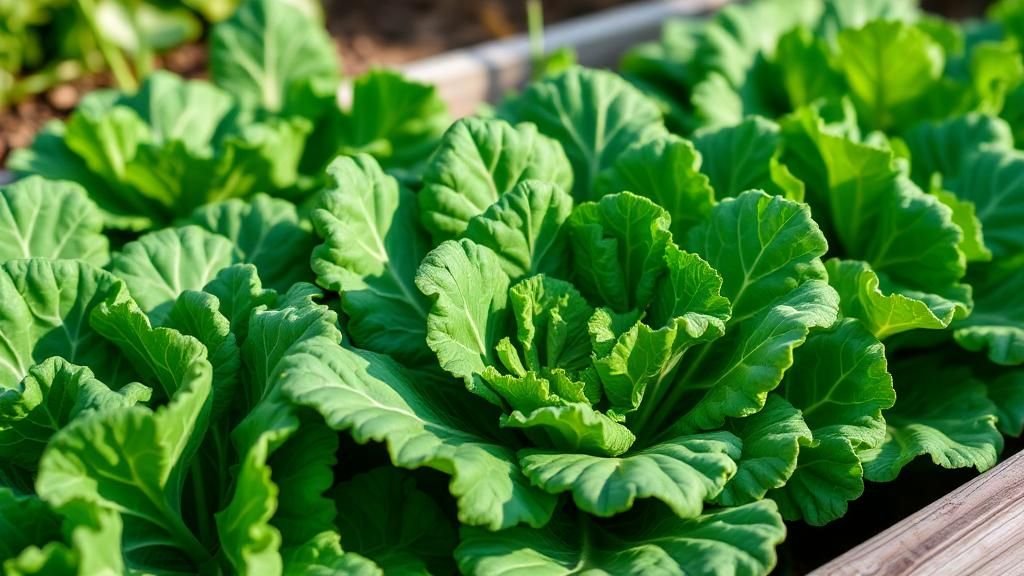
Kale handles partial shade well. My garden corner with 4 to 5 hours of light is enough for steady harvests. Baby kale leaves are ready in 25 days.
The North Carolina State Extension notes kale tolerates low light and cooler temperatures better than many crops.
4. Arugula
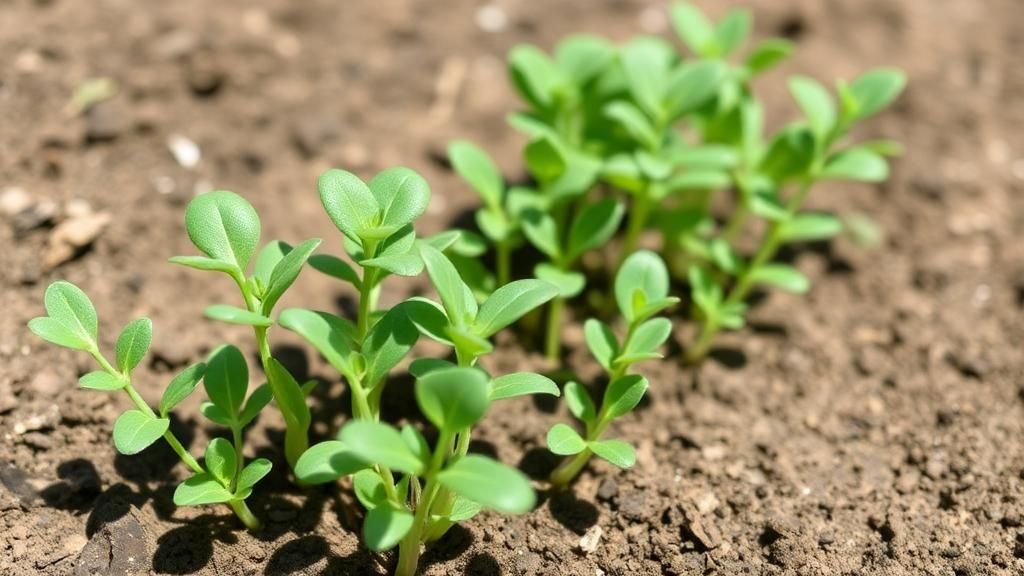
Arugula grows fast and does not need full sun. In my shady raised bed, I get a harvest in three weeks. Shade prevents the leaves from becoming too spicy.
I often reseed every two weeks for a steady supply.
5. Beets
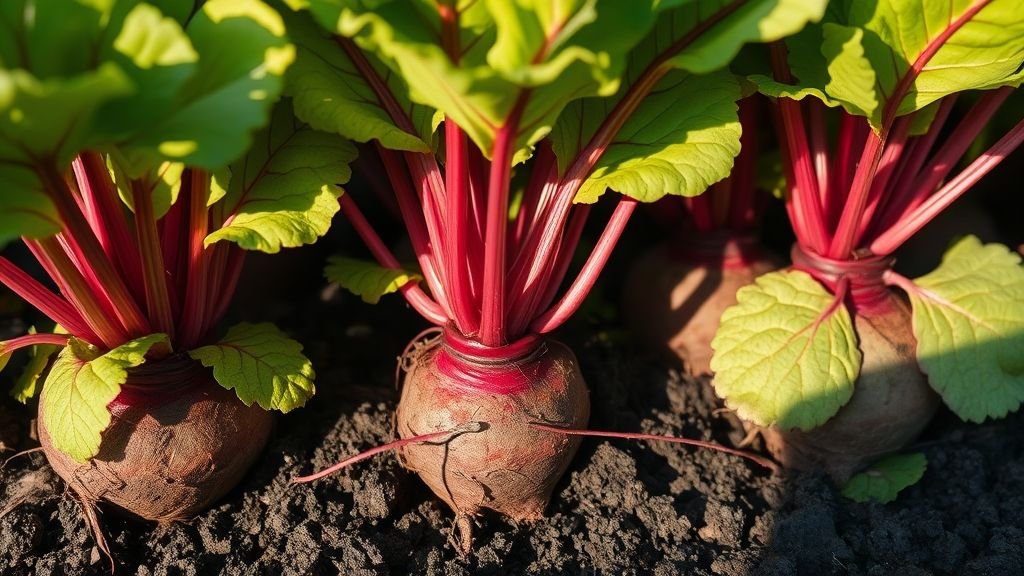
Beets surprise many gardeners. While roots grow larger in full sun, partial shade still produces tender beets. The greens are edible too.
I plant them in spots with 4 hours of light. Adding mulch helps keep the soil moist and loose.
6. Carrots
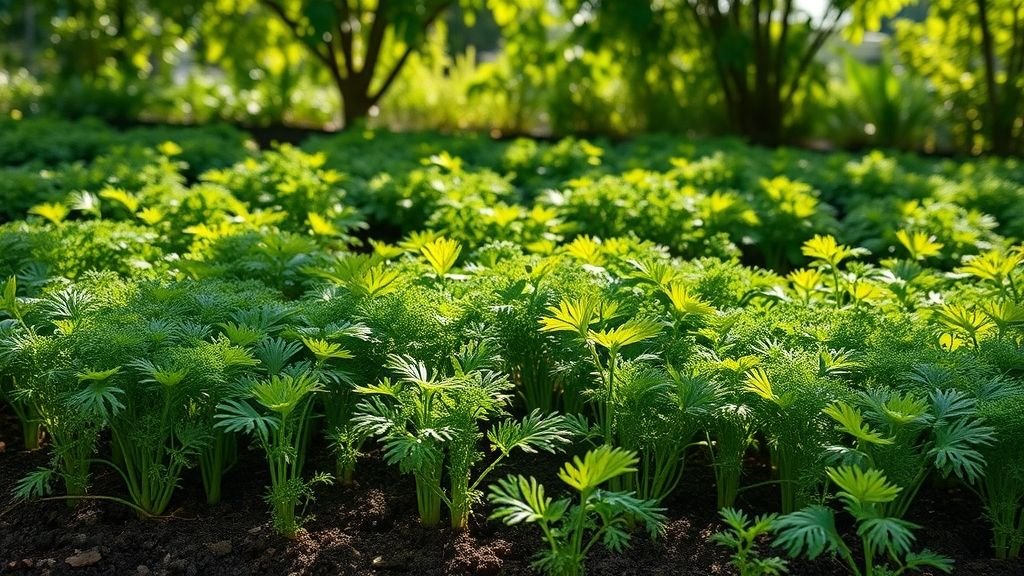
Carrots grow slower in shade, but they still produce. In my garden, I plant them in dappled sunlight near shrubs. The roots form smaller but sweeter.
For even spacing, I mix carrot seeds with sand before sowing. The University of Minnesota Extension gives practical advice for growing root crops in shade.
7. Peas
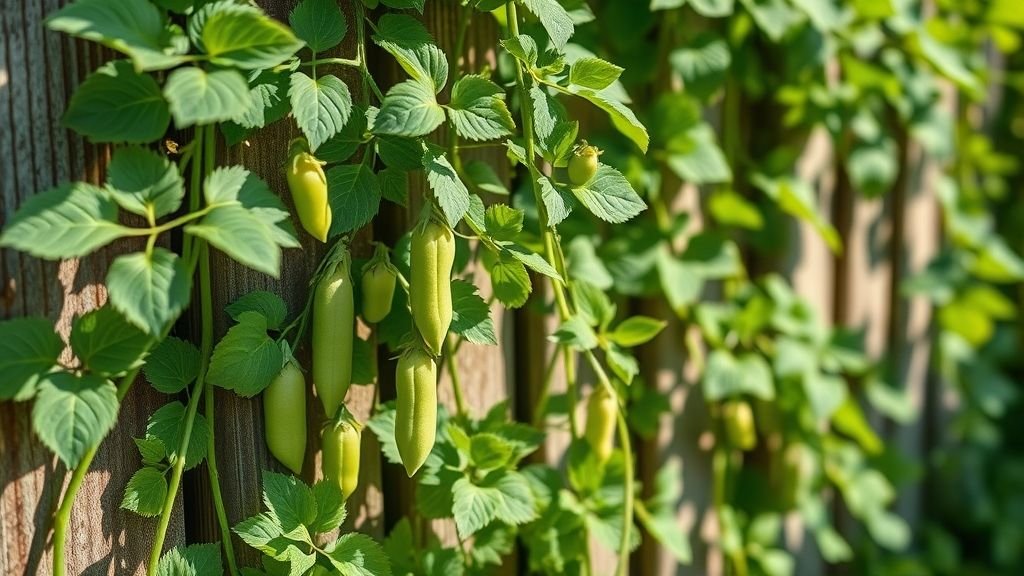
Peas tolerate low sun and cool weather. I grow them along my fence line where sunlight is blocked part of the day. They climb well with support.
I like to plant both snap peas and shelling peas in early spring. Regular picking keeps them producing.
8. Swiss Chard
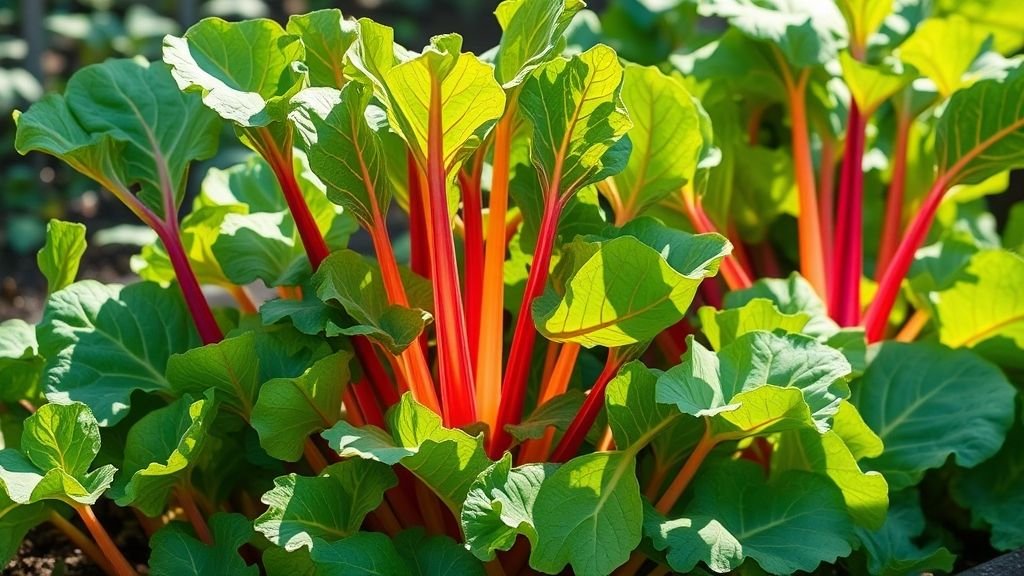
Swiss chard grows nearly year-round in partial shade. The colorful stems brighten my garden beds. With 4 hours of light, I still get big, tender leaves.
Swiss chard is also heat tolerant, so shade protects it from summer stress. For me, it is one of the most dependable vegetables in low sun.
Extra Tips for Gardening in Low Sunlight
- Use reflective surfaces like white walls to bounce light.
- Choose raised beds for better soil drainage.
- Space plants well so they do not compete in low light.
- Focus on leafy greens for best results.
The University of New Hampshire Extension has a helpful guide on shade gardening if you want more ideas.
My Experience Growing in Shade
When I moved to my current home, my backyard had large maple trees that blocked much of the sun. At first, I thought I could not grow vegetables. Over time, I experimented and found that crops like lettuce, spinach, and kale thrived in shade.
Now, I enjoy harvesting fresh greens from spaces I once ignored. Shade gardening has made me a better gardener by teaching me to adapt.
Common Questions on Shade Gardening
Q1: What vegetables grow in 2 to 4 hours of sunlight?
Leafy greens like lettuce, spinach, and arugula grow best in low light.
Q2: Can root vegetables grow in shade?
Yes. Beets and carrots grow smaller but sweeter in partial shade.
Q3: Is full sun always better?
Not for leafy greens. Too much sun makes them bolt or turn bitter.
Q4: Can I grow fruiting vegetables in shade?
Most fruiting vegetables like tomatoes and peppers need full sun. Stick to leafy and root crops in shade.
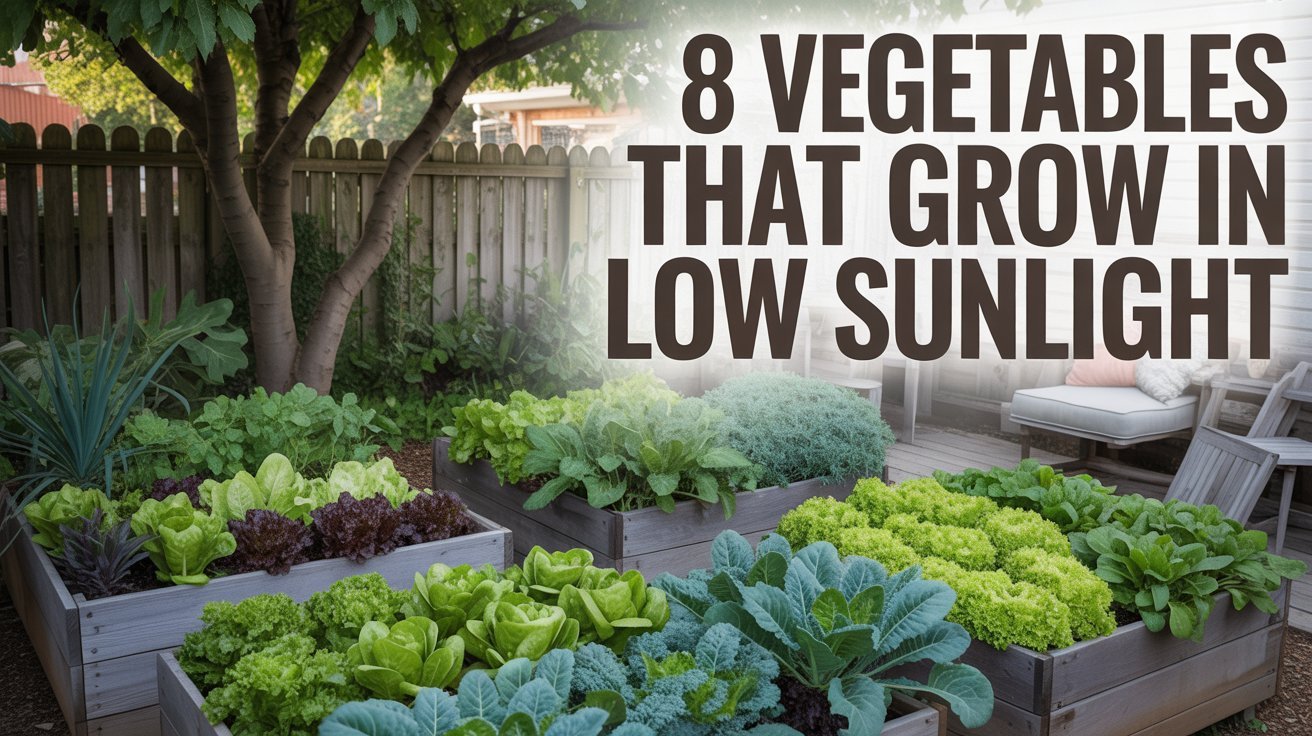
Leave a Reply